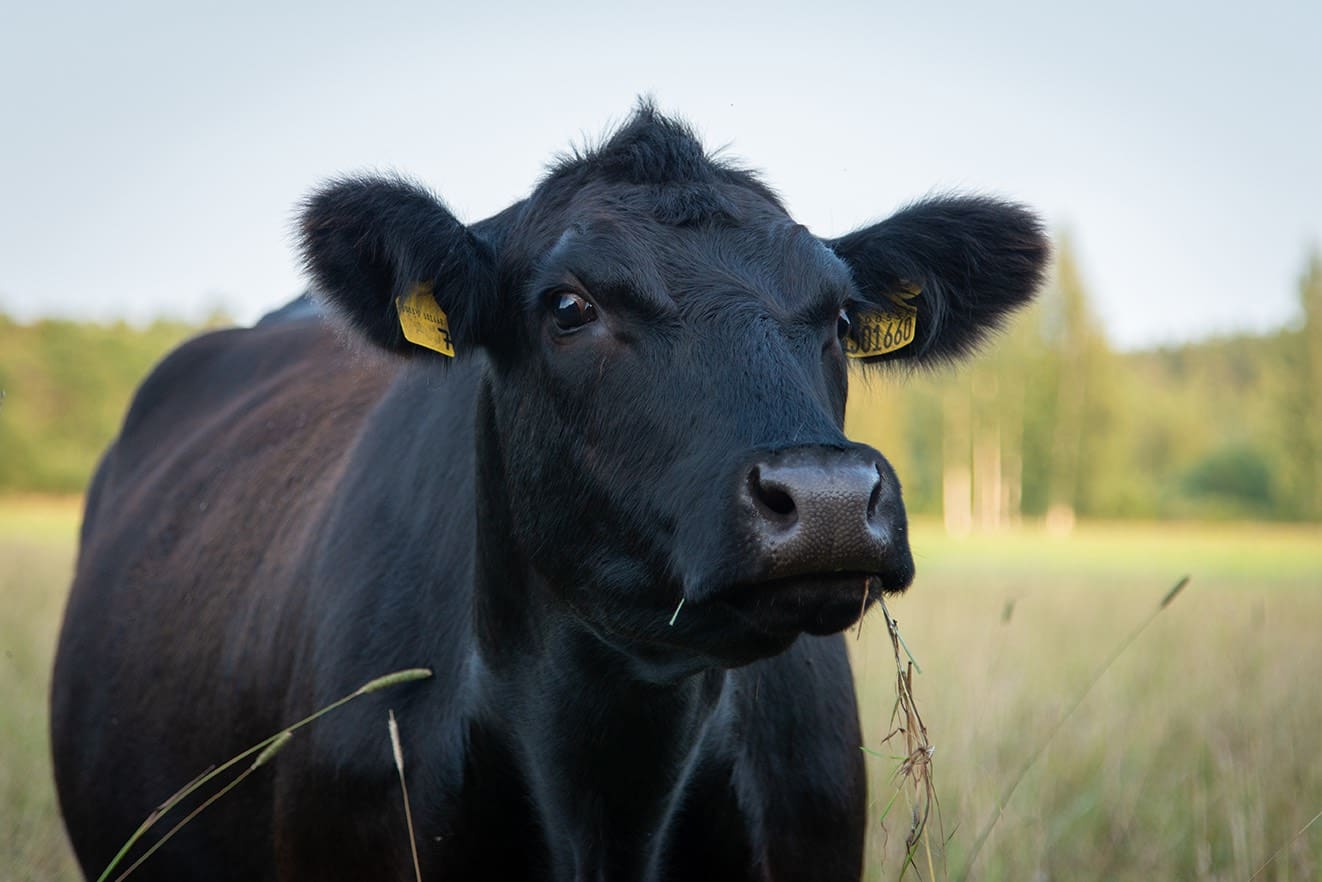Expana’s Urner Barry choice of beef cuts outperformed last year
The Urner Barry Choice Cutout has been relatively tame this year when compared to last year’s moves. The peaks and troughs have been fairly muted as prices remain sticky and at elevated levels from a historical perspective. This has largely been driven by the lower middle meat prices as buyers opted for more cost-conscious beef cut items. For example, when looking at export ribs or tenderloins through the summer months – they predominantly tracked below year-ago levels and by quite a good margin. In May of 2023, choice tenderloins were priced at nearly $16.00/lb. whereas this year prices sat at $12.63/lb., approximately a 21% difference. Choice Export ribs saw similar trends, with prices entering May in 2023 at about $9.00/lb. and this year were traded for around $8.00/lb. mark.
As middle meats were kept at arm’s length, end cuts, and ground beef were outperformers in contra seasonal fashion. Partially driven by the lack of lean trim on the market and also driven by retail features opting to feature cheaper middle meat alternatives such as inside rounds or as the northeast likes to call them “London Broil”. While price volatility was muted within both chuck and round items, prices continued to grind higher throughout the warmer months when typically, values would falter. And when weakness was shown, it was extremely short lived as grinders and processors quickly stepped in.
With that said, the Urner Barry Choice Beef Cutout has averaged $294.15/cwt year-to-date whereas 2023 up to this point on the calendar, the cutout averaged $291.20/cwt, about 1% higher from last year. But as mentioned above, the highs and the lows have been relatively tame, with the low this year back in January of $269.16/cwt and a high of $311.04/cwt about a 15.5% change. The lows and highs of 2023 came in at $260.34/cwt and 326.86/cwt respectively, about 25.5% swing throughout the year.
Weak demand sinks China’s September 2024 beef imports by 5.7% M-o-M, 11% Y-o-Y
China’s beef imports in September 2024 fell to 218,199 metric tonnes (mt), a 5.7% drop month-on-month (m-o-m), marking the lowest in-month figure since 2020. This decline followed a mild recovery in August, with September seeing a reduction of 13,136 mt. All major suppliers, except Australia and Bolivia, posted lower volumes as demand struggled amid China’s economic slowdown. Year-on-year (y-o-y), beef imports plummeted 11.0% (-27,025 mt) compared to September 2023, reflecting ongoing market challenges.
China’s beef industry is grappling with multiple challenges, including a weak retail and dining sector, an influx of South American imports, and a struggling dairy industry. However, in the lead-up to winter, meat consumption typically increases, with consumers favoring hearty dishes like stews, hotpots, and barbecues that fit seasonal preferences. The return of festive events, such as year-end office parties and traditional holidays helped cushion further falls in import volumes.
Brazil retained its top supplier position in September 2024, with volumes dipping 3.5% m-o-m, influenced by weakened Chinese demand. Argentina’s volumes also saw a decline, reflecting similar market constraints. Imports from Australia remained steady at 18,347 mt, as earlier concerns about triggering the Special Agricultural Safeguard (SSG) mechanism had a notable impact on its trade flow. China has since imposed a 12.0% Most-Favored Nation (MFN) tariff on Australian beef imports from 6th October, its fifth activation since 2018. Falling to the lowest levels since February 2024, imports from the US were recorded at 10,795 mt, falling 8.1% (-949 mt) m-o-m. Annual tonnage fell 21.0% (-2,872 mt) compared to the same period in 2023. Shrinking volumes from the US continued to reflect supply shortages caused by herd contraction and the prioritization of domestic markets over exports to Asia. Volumes from New Zealand also saw a sharp decline, falling to their lowest level since November 2018 due to low production.
Year-to-date (YTD), China’s beef imports reached 2.10 million mt, showing a modest 3.3% increase (+68,128 mt) compared to the same period in 2023, as the market slowly adjusted to the post-pandemic landscape. Despite this growth, China’s position as the world’s largest beef importer is under pressure.
For further insights, please watch our most recent red meat webinar replay.



